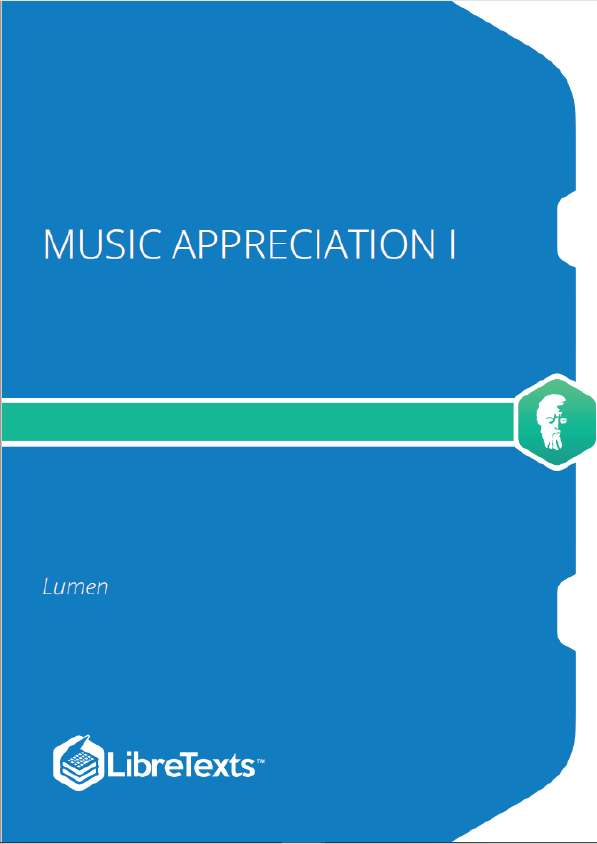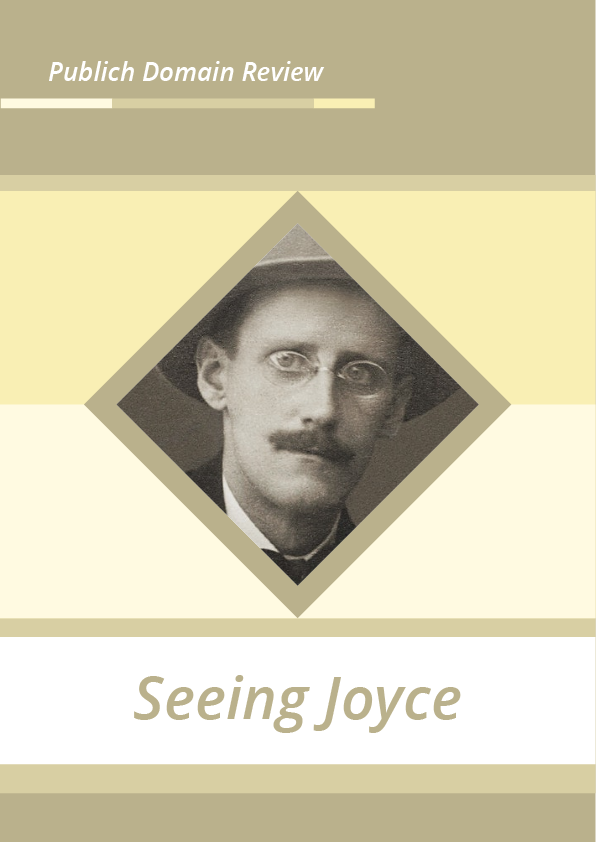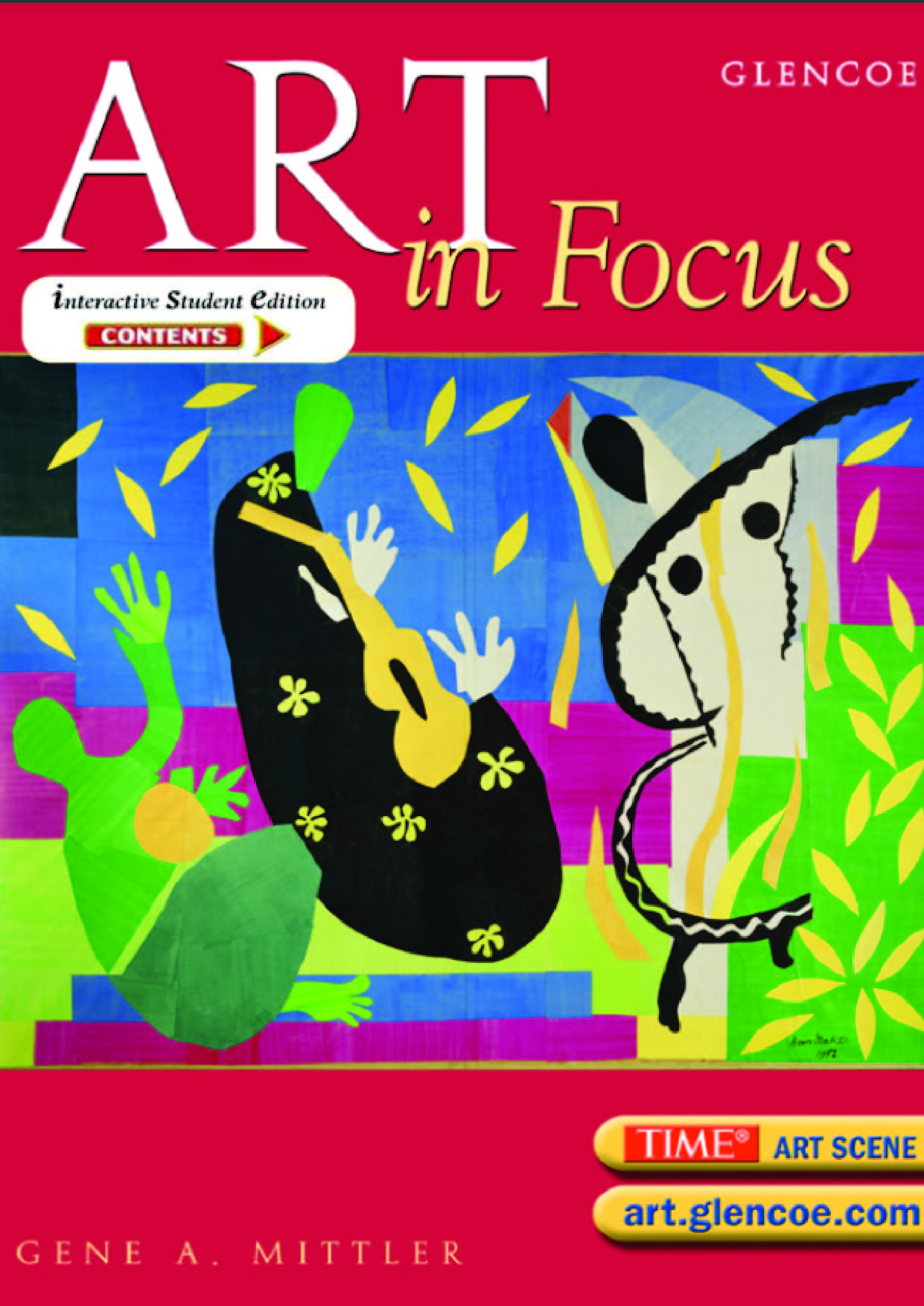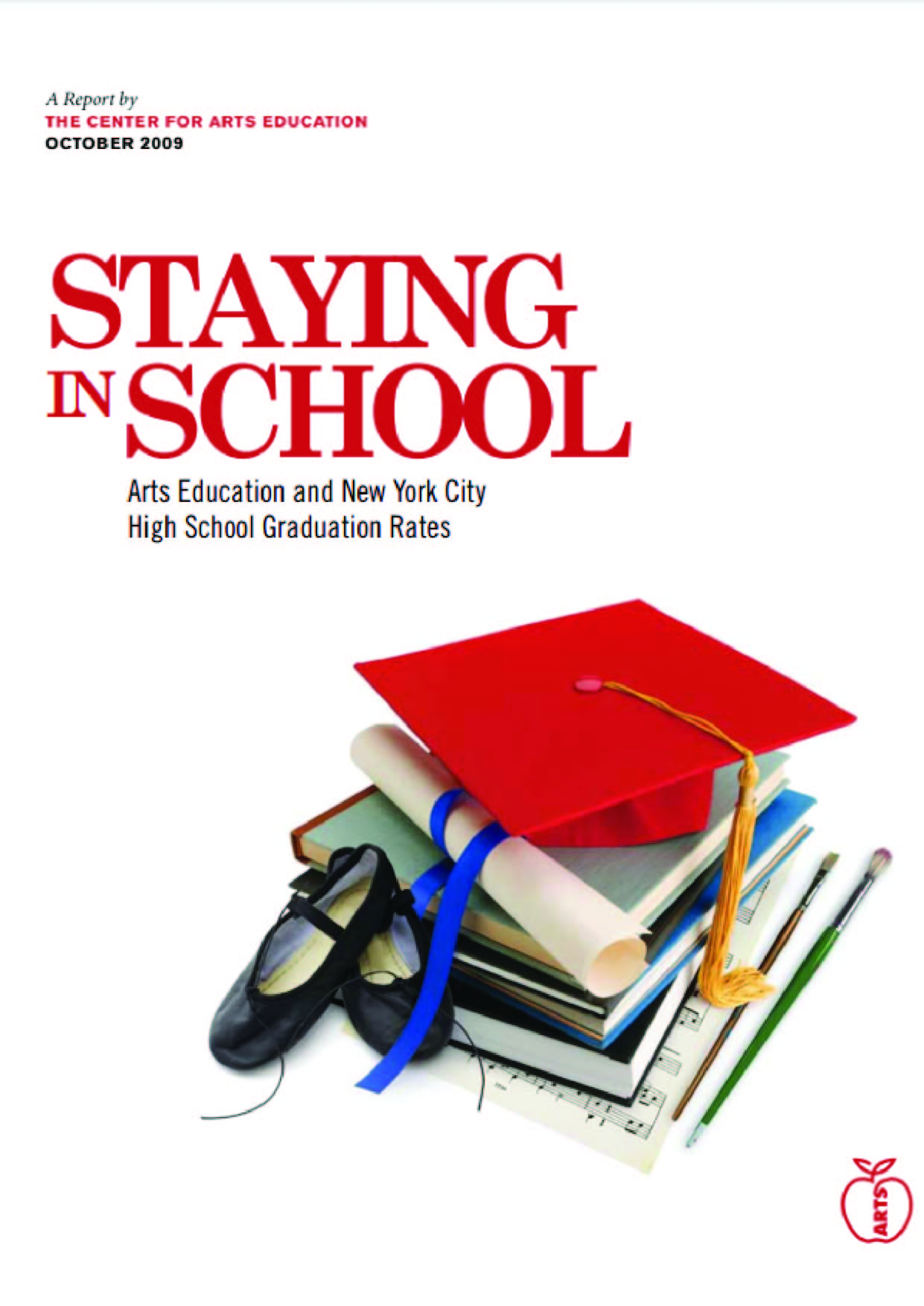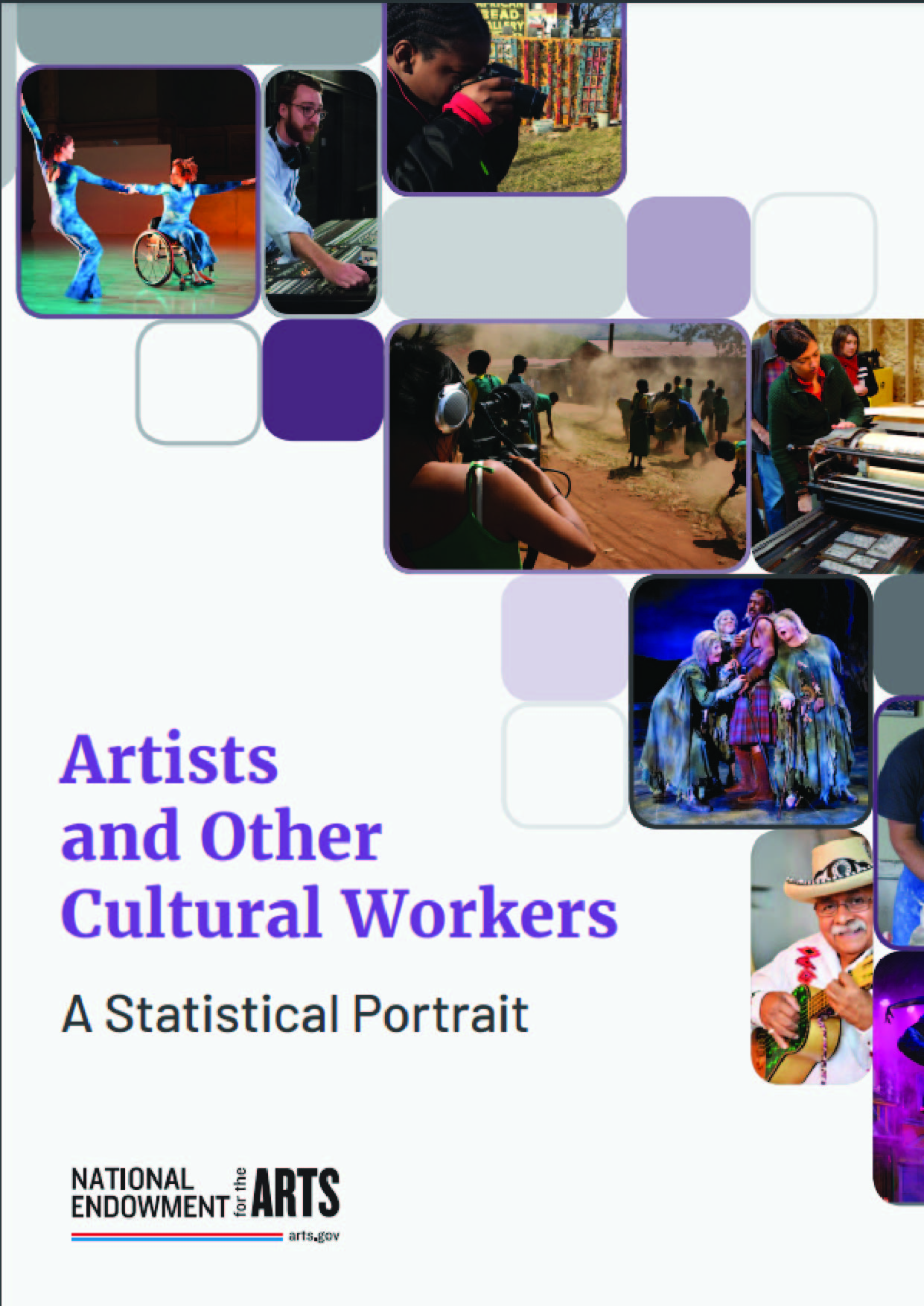Saint Hildegard of Bingen, OSB, (1098 – 17 September 1179) also known as Saint Hildegard and Sibyl of the Rhine, was a German writer, composer, philosopher, Christian mystic, Benedictine abbess, visionary, and polymath.
Hildegard was elected magistra by her fellow nuns in 1136; she founded the monasteries of Rupertsberg in 1150 and Eibingen in 1165. One of her works as a composer, the Ordo Virtutum, is an early example of liturgical drama and arguably the oldest surviving morality play. She wrote theological, botanical, and medicinal texts, as well as letters, liturgical songs, and poems, while supervising miniature illuminations in the Rupertsberg manuscript of her first work, Scivias.
Although the history of her formal consideration is complicated, she has been recognized as a saint by branches of the Roman Catholic Church for centuries. On 7 October 2012, Pope Benedict XVI named her a Doctor of the Church.
Biography
Hildegard’s exact date of birth is uncertain. She was born around the year 1098 to Mechtild of Merxheim-Nahet and Hildebert of Bermersheim, a family of the free lower nobility in the service of the Count Meginhard of Sponheim. Sickly from birth, Hildegard is traditionally considered their youngest and tenth child, although there are records of seven older siblings. In her Vita, Hildegard states that from a very young age she had experienced visions.
Monastic Life
Perhaps due to Hildegard’s visions, or as a method of political positioning, Hildegard’s parents offered her as an oblate to the church. The date of Hildegard’s enclosure in the church is the subject of a contentious debate. Her Vita says she was enclosed with an older nun, Jutta, at the age of eight. However, Jutta’s enclosure date is known to be in 1112, when Hildegard would have been fourteen. Some scholars speculate that Hildegard was placed in the care of Jutta, the daughter of Count Stephan II of Sponheim, at the age of eight, and the two women were enclosed together six years later. The written record of the Life of Jutta indicates that Hildegard probably assisted her in reciting the Psalms, working in the garden, and tending to the sick.
In any case, Hildegard and Jutta were enclosed at Disibodenberg in the Palatinate Forestin what is now Germany. Jutta was also a visionary and thus attracted many followers who came to visit her at the enclosure. Hildegard tells us that Jutta taught her to read and write, but that she was unlearned and therefore incapable of teaching Hildegard Biblical interpretation. Hildegard and Jutta most likely prayed, meditated, read scriptures such as the psalter, and did handwork during the hours of the Divine Office. This might have been a time when Hildegard learned how to play the ten-stringed psaltery. Volmar, a frequent visitor, may have taught Hildegard simple psalm notation. The time she studied music could have been the beginning of the compositions she would later create.
